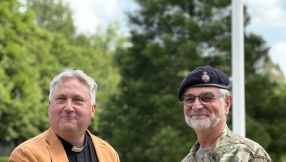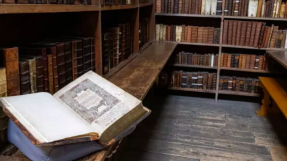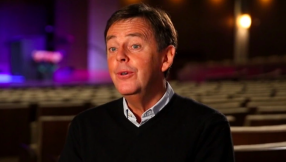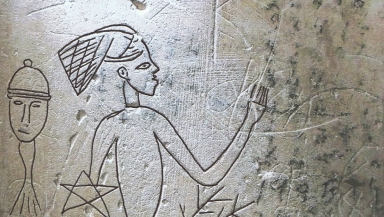
Historian and archaeologist Matt Champion is behind a project that is hoping to reveal more about faith and life in medieval England. His sources? Thousands of graffiti inscriptions on the walls of churches across Norfolk.
We may be used to associating graffiti with squiggles sprayed onto urban architecture, but pre-Reformation graffiti is a source of fascination to Matt.
He is leading a team in identifying and recording graffiti in over 200 medieval churches in Norfolk, cataloguing their finds and considering their implications for the way we approach our knowledge of medieval faith.
Matt is now hoping to expand the pilot NMGS (Norfolk Medieval Graffiti Society) project and begin surveying the final 450 of Norfolk's medieval churches, as well as rolling out similar projects across the UK. He says he has been overwhelmed by the sheer number of inscriptions his teams have found so far.
"We've surveyed almost 300 churches, and amassed a database of 27,000 images. That's not even including the cathedral itself, which we estimate has between 5,000 and 12,000 inscriptions dating from the 12<sup>th century to the modern day; it's absolutely fascinating," Matt says.
"The more we've looked, the more we've realised that graffiti inscriptions are really common. We're finding significant numbers in nearly 70 per cent of the churches we look at. It's an entirely new kind of medieval material that no one's really looked at before."
Although many today would recoil at the thought of graffiti in a place of worship, Matt insists that church culture was very different in medieval England.
"It does seem strange with our modern attitude to graffiti. Today it's seen as damaging and generally antisocial, not something that's acceptable in a church building. But that wasn't the case in the past; these inscriptions are devotional in nature, quite literally prayers set in stone," he explains.
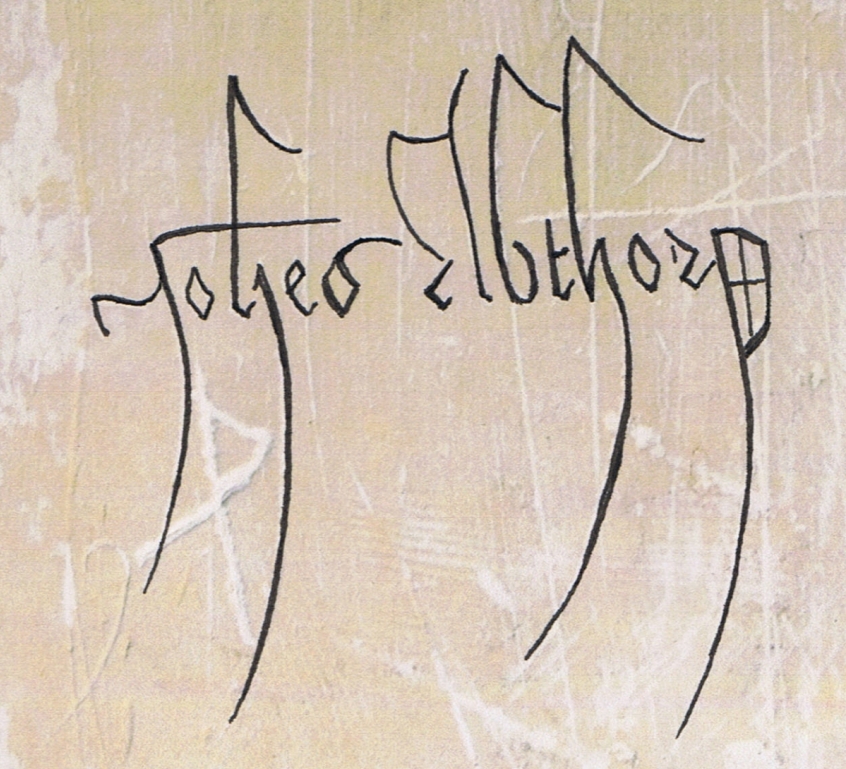
"There are references to demons, curses, prayers, ritual protection marks - just about every type of devotional imaginable - and it was an accepted church practice. They weren't part of the orthodox church, but at a parish level graffiti was both accepted and acceptable."
He believes that the inscriptions offer valuable insight into Christianity in the medieval period, and the way that ordinary people approached and lived out their faith. He explains: "We can learn several things. Firstly, the medieval world was very different to the one we inhabit today. The medieval church not only believed in the power of curses, but was involved in them too! It was a very different kind of church.
"Secondly, today we think of churches as very visual places but not as interactive; you go into a church and pray, but don't expect to interact with the fabric of the church. The wall paintings, stained glass and monuments are there to look at, but not to interact with. It was very different in the medieval church; it was a much more interactive place, and was designed so that believers could use the images and wall paintings as a focus for devotion, and it's around those things that we see a large amount of devotional graffiti.
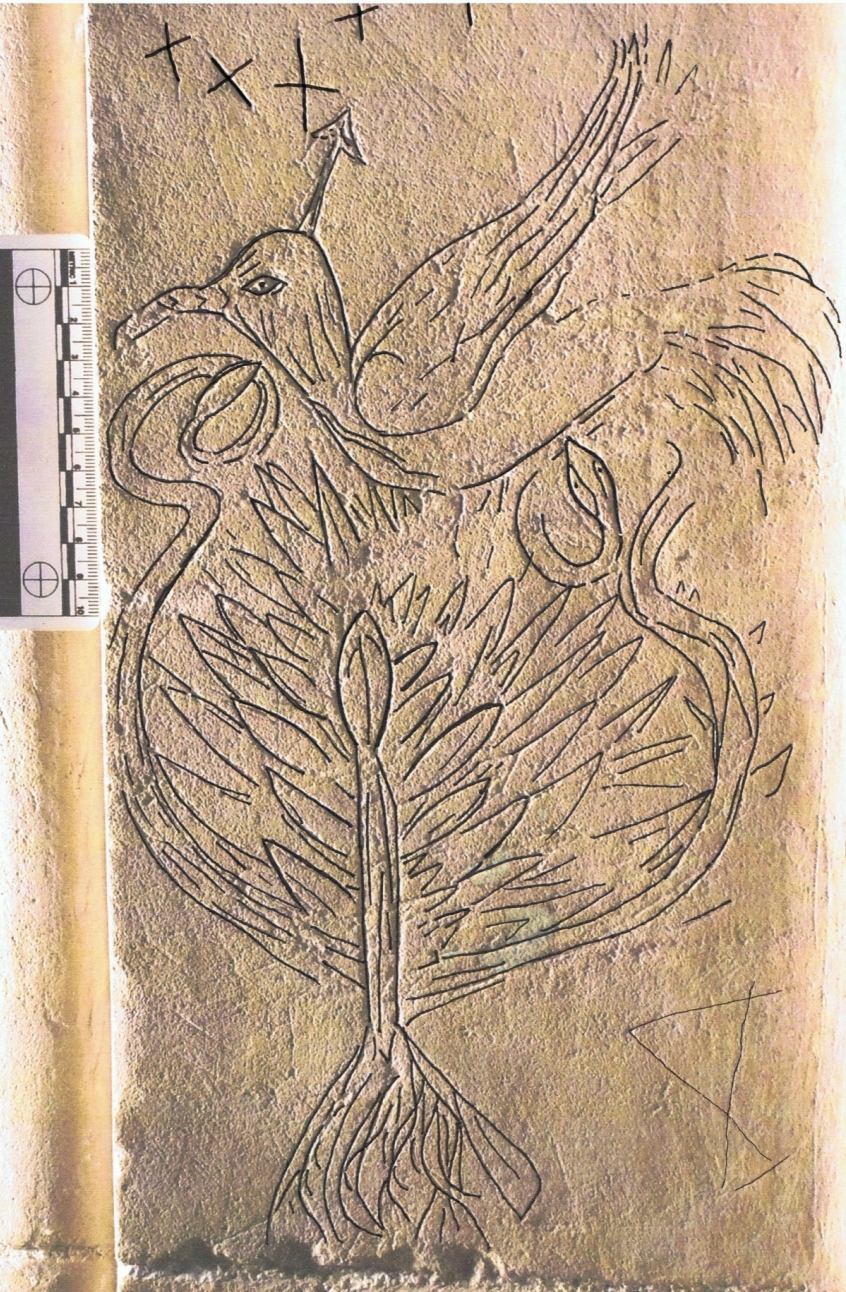
"Thirdly, there's a significant historic aspect. If you walk into a medieval church today, everything you see relates to the top 5 to 10 per cent of medieval society. It relates to the elite, to those who could afford to have themselves memorialised in some way. The other 90 to 95 per cent of people who lived and worked and prayed in that building are, for the most part, missing. It's a wonderful thing, then, that medieval graffiti could be created by anyone; it gives a voice back to the missing medieval population.
"But it wasn't all done by the poor people. Parish priests and clerics got involved too - graffiti in churches was acceptable across all levels of society."
Matt contends that the modern church could learn from these new discoveries.
"It helps us to understand how the parish church functioned in the medieval period. It was an essential part of parish life, both physically and spiritually, which is a lesson many modern churches could learn from.
"The church is about more than a place to come once a week and pray. It's the centre of community."
A survey of medieval churches in Suffolk is just about to be launched and anyone interested in volunteering or learning more about the project is invited to visit www.medieval-graffiti.co.uk










